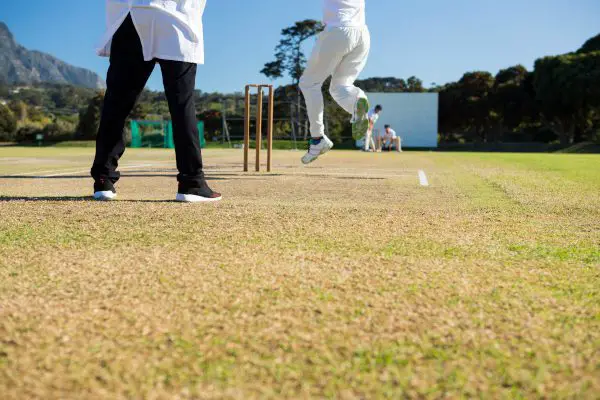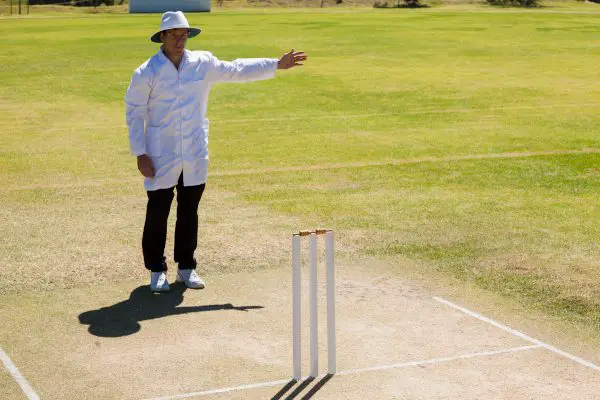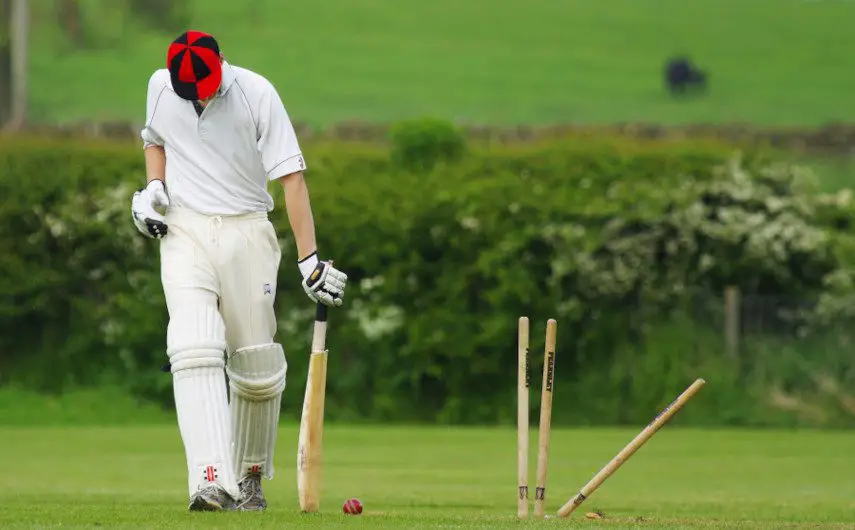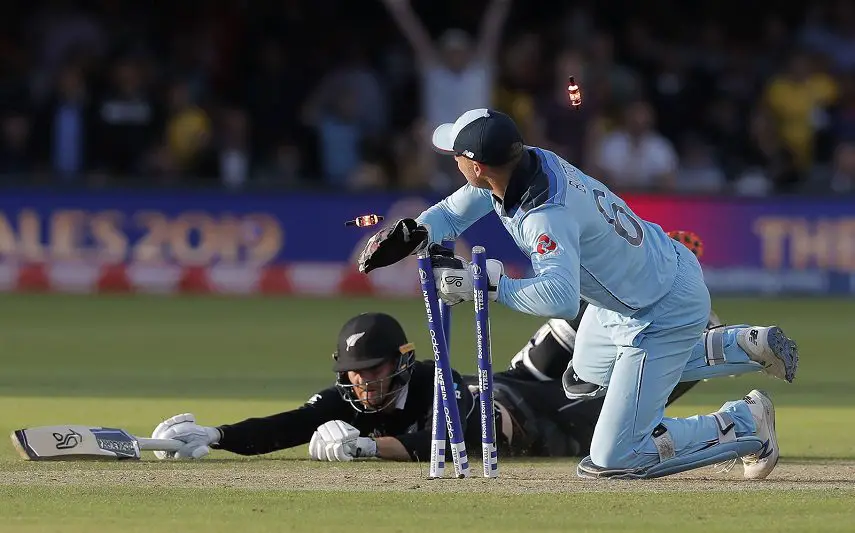Table of Contents
While I’ve already talked about the difference between a pitch and the outfield, it’s now time to discuss the markings on the playing area. These are essential to the laws of the game but what do they all mean?
What are the Pitch Markings in Cricket?
When we talk about pitch markings we’re referring to the white lines that are marked on the 22 yard pitch. These include creases that can determine whether a batsman is out, if a no ball has been delivered, along with other key elements that the umpire needs to know.
Each marking serves a separate purpose so let’s take a look at them in greater detail.
Popping Crease in Cricket
The popping crease is also referred to as the ‘batting crease’. This is the front, horizontal line of the overall set of cricket pitch markings.
Dimensions
Laws of cricket state that the back edge of the batting crease shall be 1.22 metres (four feet) from the base of the stumps.
Widthwise, the popping crease should extend to a minimum of 1.83 metres (six feet) to either side of the centre stump.

Function
The popping crease has distinct functions for batsmen and bowlers. For batters, their bat (or some part of their body) must be grounded behind the line if they are to complete a run. A batsman can be run out if the stumps are broken if the bat or body hasn’t passed the line.
If a fielding side has appealed for a stumping, the batter must have their bat or a part of their body behind the batting crease.
The popping crease is also important for bowlers. When delivering the ball, some part of the front foot must be grounded behind the crease. If not, a no ball should be called.
Bowling Crease in Cricket
The bowling crease is the back, horizontal line and it runs parallel to the batting crease.
Dimensions
The bowling creases run through the stumps in a direct line. It should be 2.64 metres, 8 feet 8 inches in length and the stumps should be placed in the centre.
Function
The main functionality of the bowling creases is for the groundsman and umpires to know where the stumps should be placed.
Bowlers and batsmen do not have to be too aware of the crease as it does not define any illegal deliveries or decisions on dismissals.
Return Crease in Cricket
There are two return creases either side of the stumps. These will be at right angles to, and will cross the bowling crease before ending at the popping crease.

Dimensions
The return creases will be at a distance of 1.32 metres, 4 feet 4 inches, from the centre of the middle stump.
From the popping crease, the return crease can be marked backwards to a minimum of 2.44 metres (8 feet). In theory, its length can be unlimited but will rarely extend beyond that 8 foot measure.
Function
A bowler’s back foot must not touch the return crease when they are in their delivery stride. It’s therefore in place to ensure fair play for the batter and, if the foot crosses that crease, the umpire should call No Ball.
A return crease can also provide an indicator as to whether the umpire should call a wide ball in test or first class cricket.
Wide Guidelines
A wide guideline is used in One Day and T20 cricket. This will generally be a thin blue line marked at right angles, moving back from the batting crease.
Dimensions
The wide guideline should be marked at 43.18 centimeters (17 inches), from the inside edge of the return crease.
Function
The laws on wide deliveries are much stricter in limited overs cricket than they are in test and first class games. If the ball passes outside of the wide indicator without touching the bat or any part of the batsman’s body, the umpire should call a wide ball.
Protected Area Indicators
The protected area indicator is marked by two faint white lines. They are placed either side of the stumps and will extend down the pitch towards the opposite end.

Dimensions
The outside edge of each line should be placed at 30.46 centimetres, (1 foot) either side of the middle stumps. They can extend to 1.52 metres (5 feet) in front of the popping crease.
Function
Bowlers can accidentally (or deliberately) use their spikes to rough up the protected area. This could potentially put the batting team at a disadvantage because the ball can behave differently when it hits the rough patches.
For that reason, the protected area should be avoided. If the bowler repeatedly crosses into this area, the umpires should apply the warning and, potentially, the suspension procedure that is set down by the laws.


